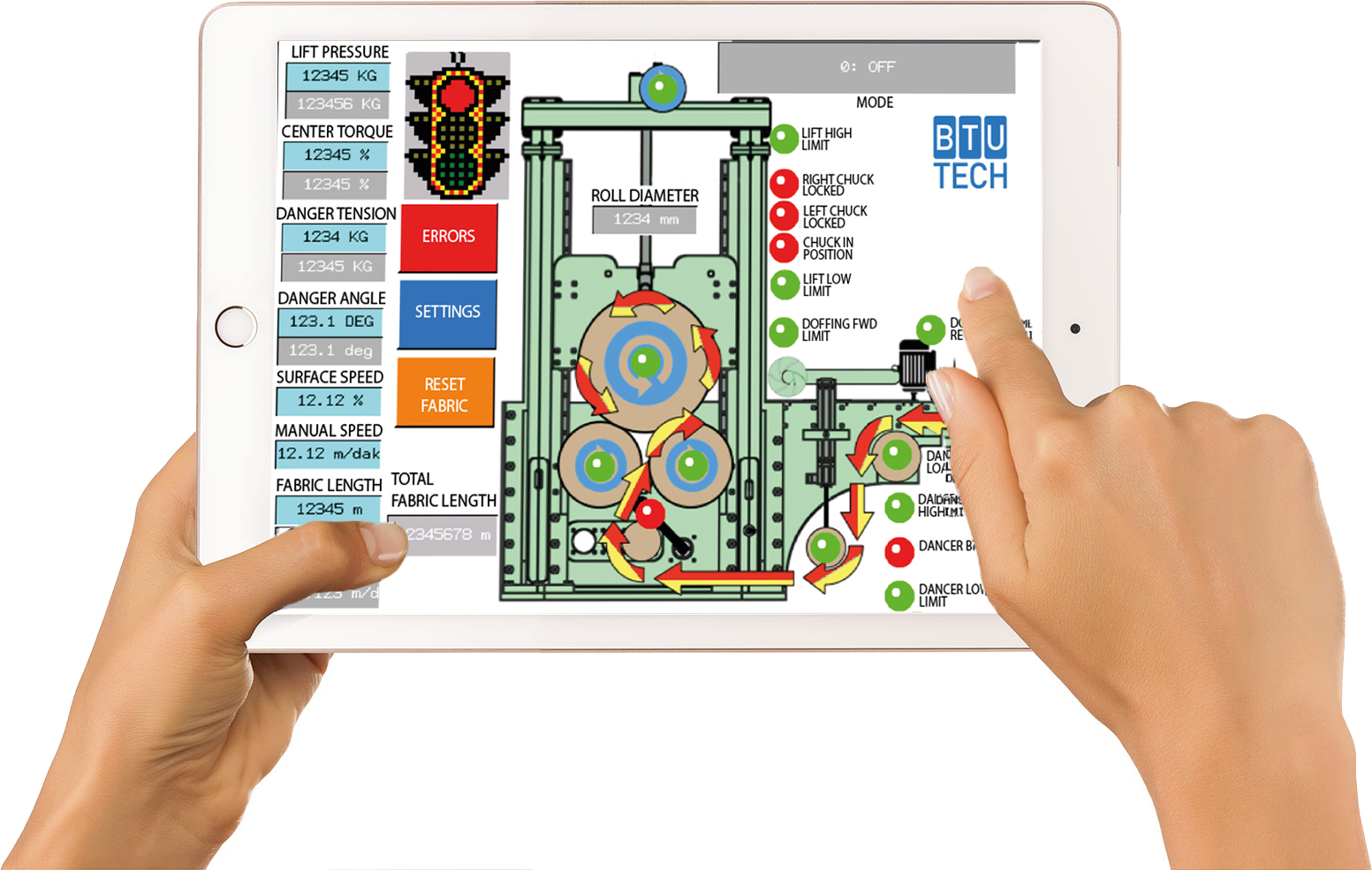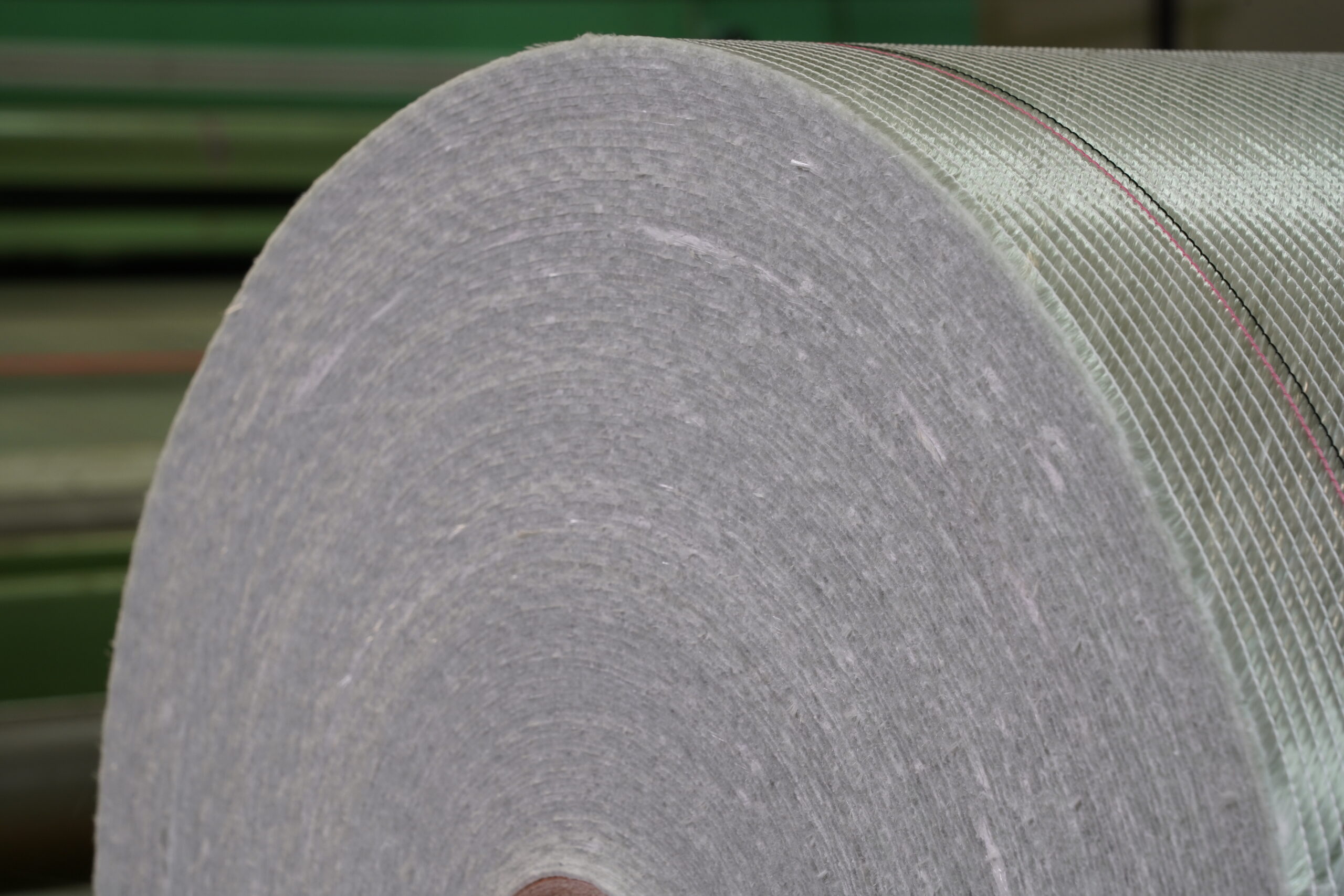
Fabric Type: As some winders are versatile, some winders are designed to work with specific type of fabrics. Type of textile surface whether it is knitted, woven or nonwoven and type of fiber input in the fabric may effect your investment decision. Ensure that the winder you choose is compatible with the characteristics of your fabrics.
Winding Speed: Determine the required winding speed for your operation. The speed range which the winder operates should match the production speed range of your textile processes. Make sure the winder can handle the required speed without compromising the quality of winding.
Capacity and Size: Assess the capacity of the winder in terms of the amount of fabric it can handle. Consider the width and diameter of the fabric rolls you need to produce. Ensure that the winder’s size and capacity align with your production requirements.
Tension Control: Tension control is crucial for preventing distortions and defects in the wound fabric. Look for a winder that offers precise tension control mechanisms to accommodate different fabric types and ensure consistent winding.
Ease of Operation and Maintenance: Choose a fabric winder that is operator-friendly and easy to operate. It should also be easy to maintain to minimize downtime. Consider features such as automatic stop/start functions, user interface, and accessibility for maintenance tasks.

Quality of Finished Rolls: Evaluate the quality of finished rolls produced by the winder. The winding process should result in tightly wound and evenly distributed fabric rolls to prevent issues during subsequent processes such as coating, dyeing, finishing, laminating, splitting into smaller rolls, being layed up in moulds and CNC cutting.
Flexibility and Versatility: Opt for a winder that offers flexibility in terms of the types of fabrics and size of rolls, it can produce. In addition, switch time to a new item is also key advantage for a fabric winder.
Technology and Automation: Consider the level of automation and technology integrated into the winder. Advanced features such as electronic tension control, programmable winding patterns, and data monitoring can enhance efficiency and consistency in the winding process.

Reliability, Durability and Service: Choose a winder manufacturer known for producing reliable and durable equipment. A winder with a robust construction and high-quality components is likely to have a longer lifespan and require less maintenance. The choice of components also allows faster and more cost-effective service, when needed.
Modular Design and Investment Perspective:
The design of the machine should allow the add-ons; sensors, control systems, additonal rollers that enables the customer to achieve new quality criteria and performance coming with new challenges. This way, the manufacturer makes an initial investment just as much as needed and can decide later for options.

Cost Considerations: While cost is an important factor, it’s essential to balance it with the features and performance of the winder. A cheaper option may save money upfront but could result in higher maintenance costs, inability to produce the desired quality and lower efficiency in the long run.
Analyzing the needs of the technical textile industry, BTU-TECH developed “All-in-One Winder”, a basic and innovative winding technology for batching industrial size rolls on textile lines such as weaving, knitting and nonwoven.
The technology is accurate, modular and has a detailed control over all key parameters of winding with a user-friendly interface.
The fabric range is technical fabrics made from heavy duty fibers such as glass, carbon, aramid fibers.The winder can easily be modified depending on special request of the customers.
To learn more about BTU-TECH innovative winding technologies, please pay a visit to www.btu-tech.com website and in particular, the innovative BTU-TECH “All-in-One Winder.
To discuss your projects, please contact us via linkedin or send us an email: info@btu-tech.com
